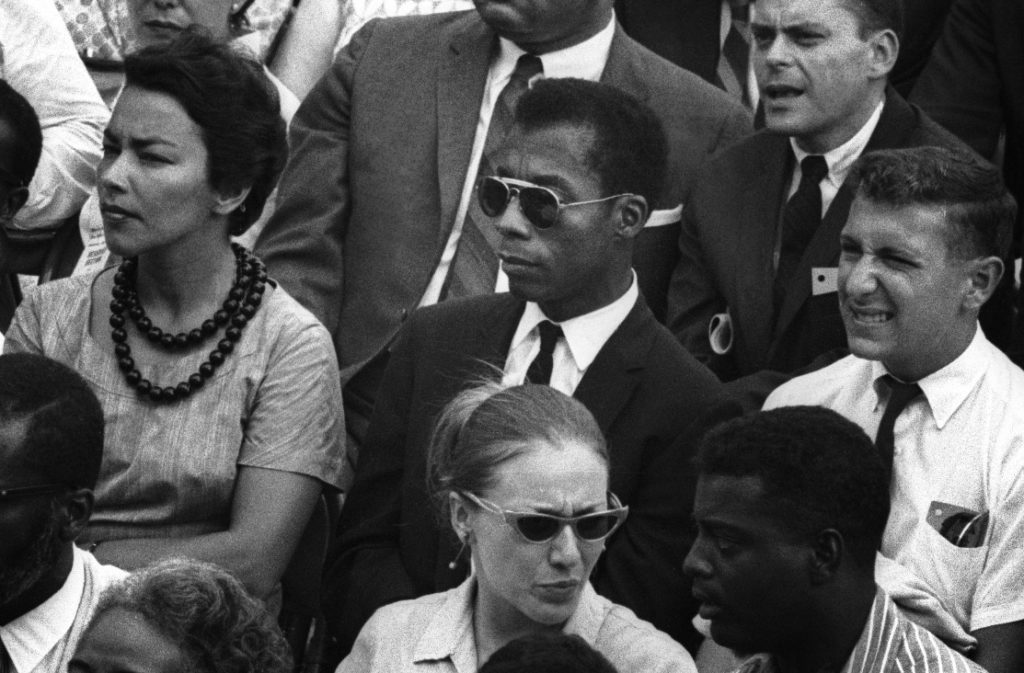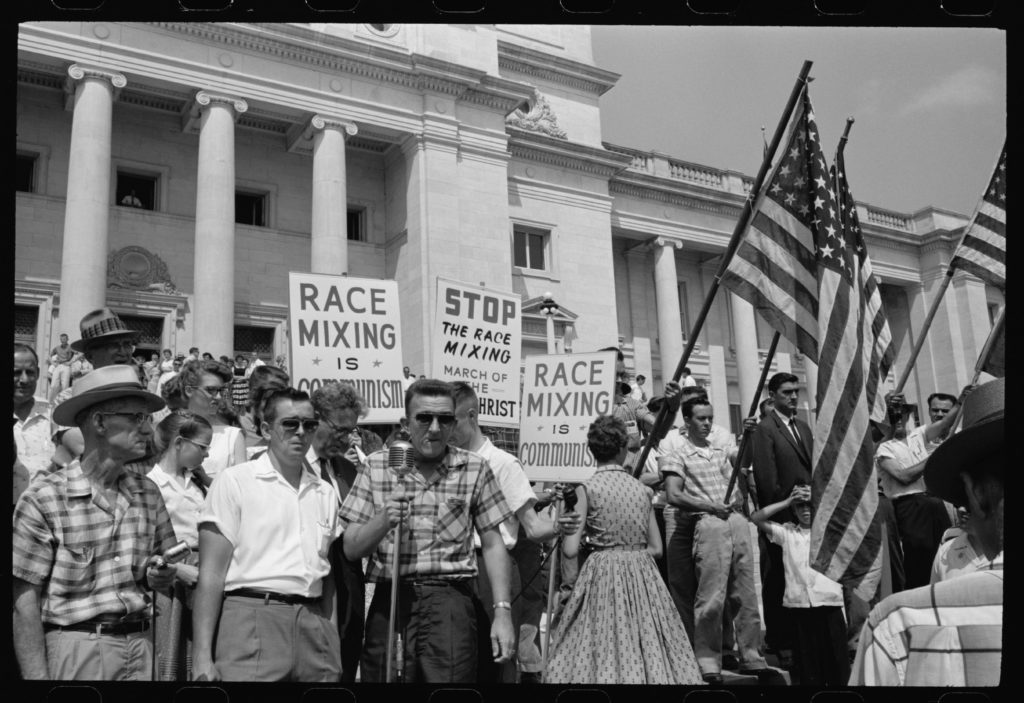?The story of the Negro in America is the story of America. It is not a pretty story.?
Can the words of an African-American writer who has been dead for three decades speak to the America of today? I Am Not Your Negro is almost entirely the words of James Baldwin, some from archival TV footage, some in voiceover by Samuel L. Jackson. The world that Baldwin speaks of is the America of the 1950s through 1970s. His words are augmented by news and TV footage of that time and by movie clips that reflect that time period. But there are also news clips that reflect today?s America as well. We are asked to consider if Baldwin?s words are still applicable today.
Baldwin was an extremely articulate voice in matters of race. He also brought great insight into an issue that was more than just about skin color. When we see him in archival footage he speaks in an almost cerebral manner about issues that are very visceral. We can sense an anger within him, yet he holds that back in order to speak in words that can be heard and appreciated for their intelligence more than merely as rhetoric. The voiceover (taken from his writings) have the same tone; they are not emotionless, but the passion is always just a touch under the surface.
Viewers might think that this is essentially a work about history. It is after all about a different period in American history, told in the words of a man who has long since passed. The violence of the racial struggle of that time is brought forth vividly in the archival footage. It also comes out in Baldwin?s words. He reminds us that African-Americans faced terrible violence at that time. The greatest examples of this are the deaths of Baldwin?s friends, Medgar Evers, Malcolm X, and Martin Luther King, Jr. in a five year period. But those deaths echo a broader vicious atmosphere that confronted schoolgirls seeking to go to school and men and women who sought the rights that belonged to them. Baldwin rightly notes that violence and anger are present in both white and black citizens throughout this struggle.
Of course, in 2017 we have made progress in racial matters. Integration is no longer a matter being fought school by school. Even with last year?s ?Oscars so white? controversy, people of color are far more represented in today?s arts and media than film after film with Sidney Poitier in that era. Many even spoke of a post-racial society with the election of Barak Obama in 2008. But when we hear Baldwin?s words, we quickly understand that at a foundational level, little has changed in the last few decades. His words, spoken so long ago, still resonate in a world in which we have to be reminded that black lives matter and in which people of color continue to suffer unproportionately from poverty and incarceration. Baldwin?s understanding of the fears and rage of both White and Black are still just as valid today as they were when he spoke and wrote about them.
The takeaway for this film is that even though we do indeed live in a different time, there are still far too many similarities with those past years for us to ignore the racial issues that still exist in our society. For those who desire to understand the ongoing struggle that racism represents, I Am Not Your Negro is a good starting place.
Photos courtesy of Magnolia Pictures








